Riid A.
Table of contents :
Thus, the variable-to-rule mapping matrix (2.31) appears as……Page 31
It is possible to depict this fuzzy system as a network structure (Fig. 2.9). Each layer of the network represents the respective step of the inference algorithm. In fuzzification/proposition matching layer the input membership function parameters are st……Page 32
A special case of the consequent function where the offset p0r = 0, r = 1…R results in homogeneous TS system. Another and particularly interesting special case of TS systems is obtained if the consequent function is a constant ((pir = 0, i =1…N, r = 1……Page 35
Fig. 3.10. The projection of input-output relation onto the input space of two input/single output TS system…….Page 54
thpr5.pdf……Page 0
Andri Riid……Page 5
Symbols and abbreviations..………………………………………….Page 9
Appendix D ……………………………………………………………..Page 10
Today, there exists a variety of fuzzy controllers in diverse application areas such as process control, transportation control, robotics, medicine, financial engineering etc. (Tsoukalas and Uhrig 1997). The traditional classification (Lee 1990) of fuzzy……Page 115
RMSE……Page 106
Fuzzy model……Page 165
Controller design……Page 167
Control system……Page 168
zero……Page 169
Modeling the process……Page 171
R……Page 175
Supervisor design……Page 177
Control results……Page 179
Abbreviations……Page 204
System with symmetrical output MFs……Page 212
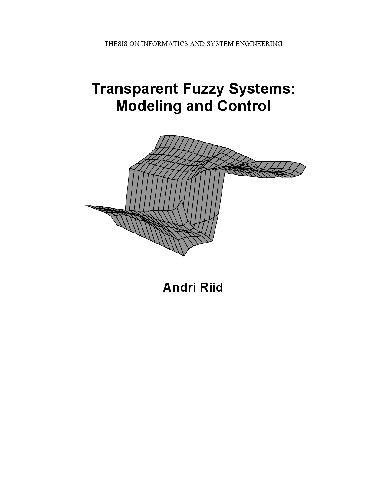

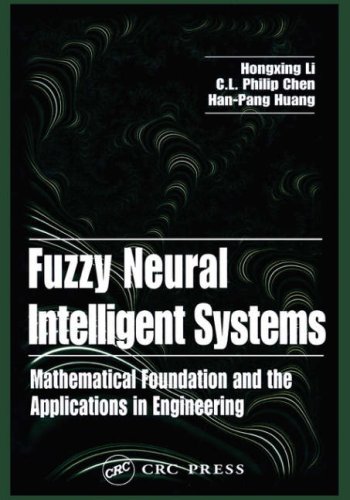
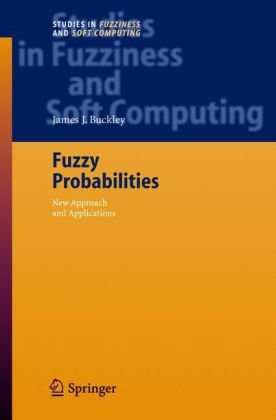
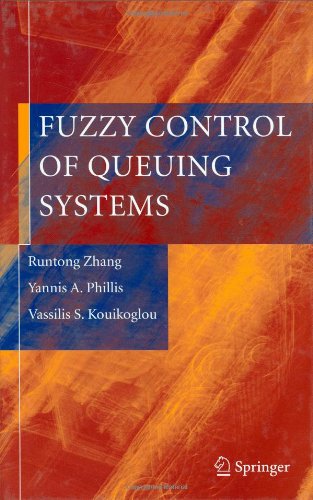
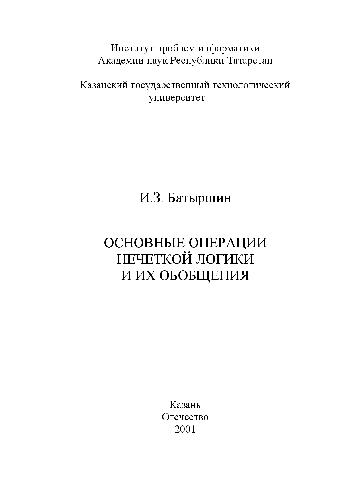
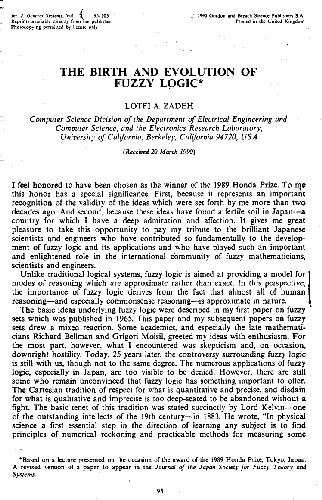
Reviews
There are no reviews yet.